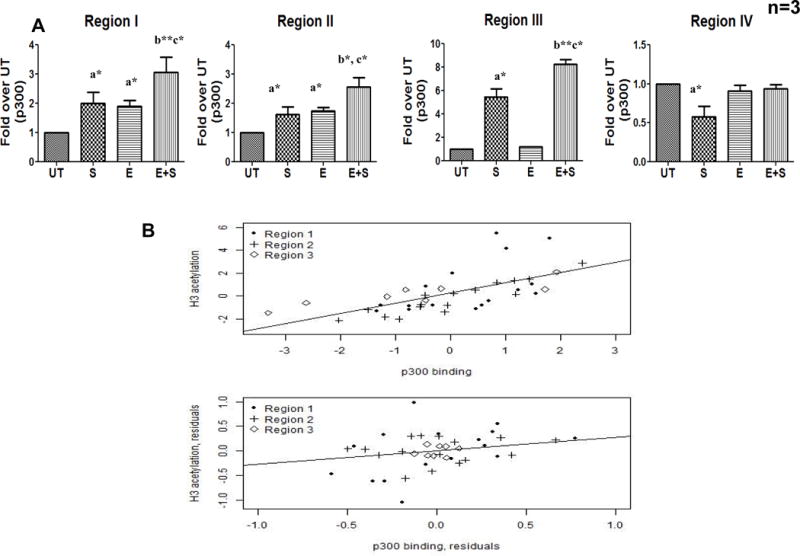Figure 6. Increased p300 binding at FasL promoter and its correlation with H3K9 acetylation in control and ethanol treated CD4+ T lymphocytes.

Freshly isolated CD4+ T cells from healthy individuals (n=3) were untreated (UT) or exposed to 25mM ethanol (E) for 24h and subsequently TCR activated with anti CD3/CD28 antibody (1μg/ml) (S and E+S).(A) p300 binding at FasL promoter was analyzed after 6hr by qChIP-PCR assay using anti-p300 antibody. All regions (I–IV) were examined and differences are expressed as fold over UT after normalizing for input DNA. Results are represented as mean ± SE. Statistical analysis was performed as described before. (B) Correlation between p300 and Histone H3K9 acetylation was examined by Pearson Coefficient analysis. Normalized ΔCt values for p300 binding versus histone H3K9 acetylation levels of the FasL promoter region were plotted. Top panel: Original values for region 2 (ρ = 0.92, p < 0.001), followed by region 3 (ρ = 0.87, p < 0.004) and region 1 (ρ = 0.65, p < 0.001). Bottom panel: Residual values after accounting for the experimental design factors. Pearson partial correlation coefficient ρ = 0.33, p < 0.05.
